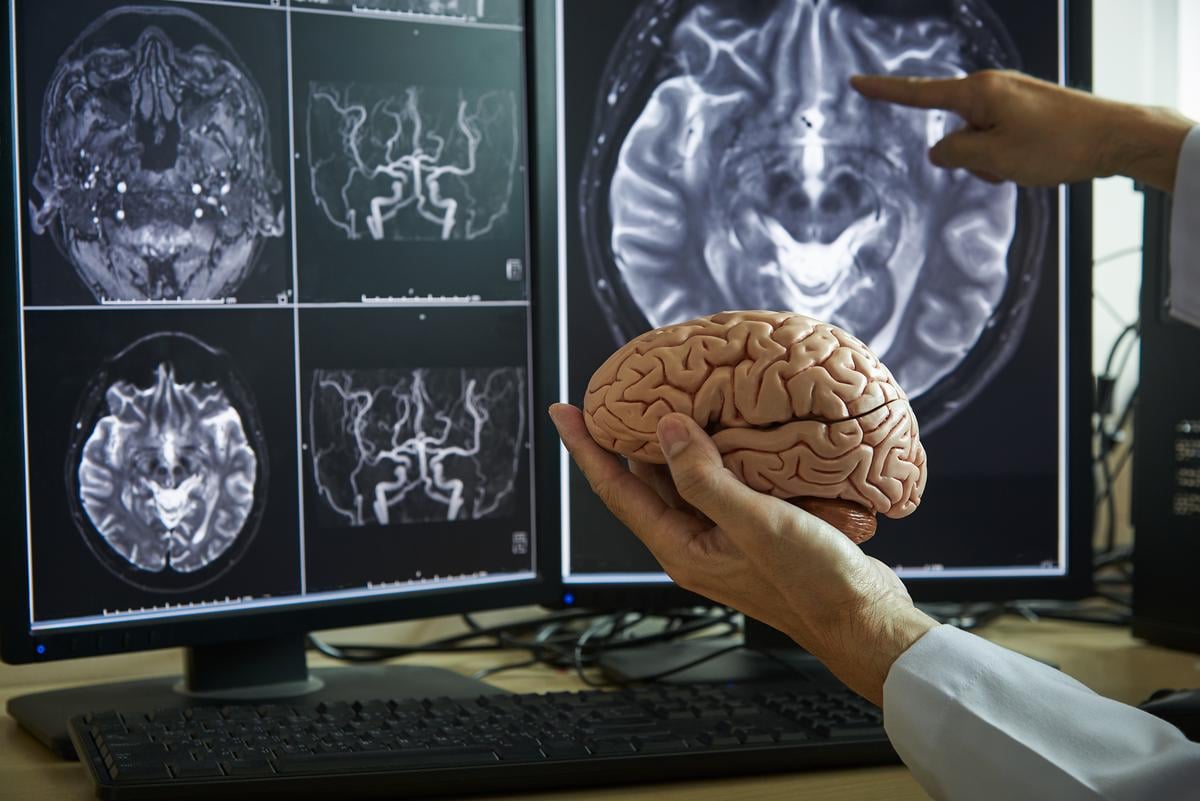
In 2006, Wolfgang Jäger was in his 30s when a skiing accident left the young Austrian wheelchair-bound from a spinal cord injury.
Fast-forward to today, where an innovative deep-brain stimulation technique is helping the 54-year-old Jäger walk and move again.
“Last year on vacation, it was no problem to walk a couple of steps down and back to the sea using the stimulation,” Jäger said in a news release from the Ecole Polytechnique Federale de Lausanne (EPFL), in Switzerland.
“I can also reach things in my cupboards in the kitchen,” he added.
A team from EPFL and Lausanne University Hospital say that zapping the brain in an “unexpected” locale, the lateral hypothalamus, appears to have helped Jäger and one other patient with a spinal injury regain some movement.
The researchers published their findings Dec. 2 in the journal Nature Medicine.
As the team explained, deep brain stimulation involves the implantation of electrodes into specific brain areas to help direct neural activity. It’s long been used to treat illnesses such as Parkinson’s disease and tremor.
It’s only recently that scientists discovered that the lateral hypothalamus might play a key role in motor skills. Before this, neurologists had thought this tiny brain region was only involved in arousal and feeding mechanisms, the Lausanne team said.
Could the lateral hypothalamus play a role in the recovery of movement in folks with damaged spinal cords?
The Swiss team first pursued that notion using experiments in mice.
Those preclinical studies helped to “establish the precise circuits involved in the recovery [of walking]” in the rodents, the researchers explained.
It was then time to try deep brain stimulation of the lateral hypothalamus in people paralyzed by spinal cord injury.
Brain scans were used to guide and implant electrodes in the brains of two fully awake patients.
“Once the electrode was in place and we performed the stimulation, the first patient immediately said, ‘I feel my legs.’ When we increased the stimulation, she said, ‘I feel the urge to walk!’” said study co-leader and EPFL professor and neurosurgeon Jocelyne Bloch.
“This real-time feedback confirmed we had targeted the correct region, even if this region had never been associated with the control of the legs in humans,” she said. “At this moment, I knew that we were witnessing an important discovery for the anatomical organization of brain functions.”
Bloch and study co-leader Grégoire Courtine are optimistic about the new discovery.
“This research demonstrates that the brain is needed to recover from paralysis,” said Coutine, a professor of neuroscience at EPFL. “Surprisingly, the brain is not able to take full advantage of the neuronal projections that survive after a spinal cord injury. Here, we found how to tap into a small region of the brain that was not known to be involved in the production of walking in order to engage these residual connections and augment neurological recovery in people with spinal cord injury.”
Courtine and Bloch also co-direct the university’s NeuroRestore center.
Of course, two patients is an incredibly small study group, and more research is needed.
According to the scientists, studies to come will focus on combining deep brain stimulation with other technologies such as spinal implants, to better help patients get moving again.
“Integrating our two approaches — brain and spinal stimulation — will offer a more comprehensive recovery strategy for patients with spinal cord injuries,” Courtine said.
More information
Find out more about what can be done for spinal cord injury at the Mayo Clinic.
SOURCE: Ecole Polytechnique Federale de Lausanne, news release, Dec. 2, 2024
Source: HealthDay

Leave a Reply